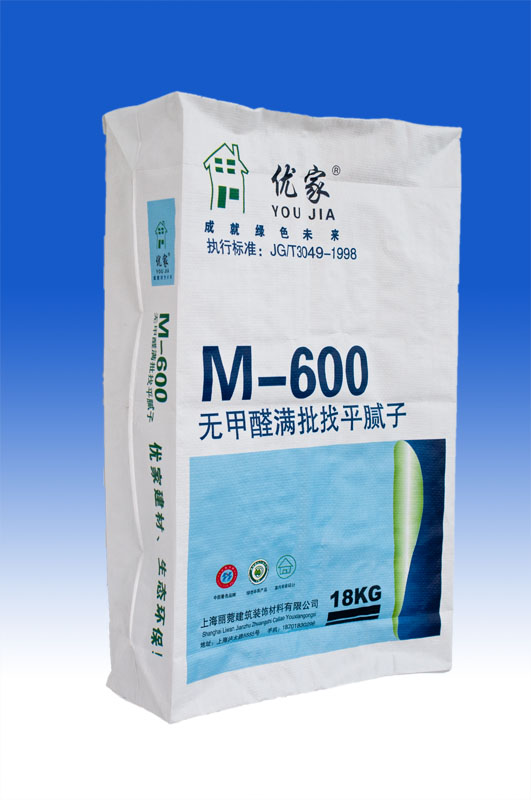For the packaging of health foods, considerable emphasis is placed on foreign countries, mainly in the material structure and decoration design.
First, materials and structure:
1. Glass container packaging - due to the release of components of glass material does not cause pollution of food, while the plasticity of the glass is good, you can cast a variety of bottle shape. Although glass containers have high cost, fragility and bottle weight, they are still popular in the European market. Such as natural foods, honey, germ oil, sunflower oil, jam, juice and health drinks and other foods are still widely used in glass containers.
2. Anti-pollution packaging—Since the United States had a case of flu drug addiction, the government stipulated that all drugs sold directly on the counter must be changed to anti-pollution packaging. That is, after packaging medicines are required to be unsealed, they must leave obvious traces. In addition to medicines, foods and beverages sold in supermarkets are also actively designed for anti-pollution packaging, including the design of various anti-theft caps and tamper-evident labels and plastic seals. The seal indicates that “If the seal is damaged, please do not Accept and use." The tray opening is covered with a transparent film.
3. Sterile packaging—Invented by the Swedish Tetra Pak packaging company, the paper is coated with rolls of paper, disinfected with a hydrogen peroxide sterilizing liquid, and then disassembled into a tube, and then injected into an ultra-high-temperature, instantly sterilized product. The carton is sealed under the liquid surface. The box contains no air and no bacteria. Can be stored for three months without refrigeration.
4. Multi-layer composite flexible packaging - that is, the use of several different films on the gas, water vapor barrier properties, complement each other to form a multi-layer composite flexible packaging. This package is suitable for healthy foods such as high fiber, low calorie, high protein, low fat soup powder. The food packaged in a multi-layer composite bag has good sealing performance, can resist moisture, light, and fragrance, and can be stored for thirty-nine weeks. High-fibre biscuits and juice strips containing multi-vitamins are also packaged in aluminum-plastic composites and sealed at both ends.
Second, decoration design:
1. Serialization and holistic sense—Healthy foods generally take the form of series products, so the interior design is also serialized. The composition of the same brand of different varieties of food, fonts, layout style uniform to enhance visual effects. The color, fragrance and taste of different varieties of food are generally distinguished by color codes. For example, the same brand of juice candy has five fruit flavors. Orange-flavored orange, fruit, honey, walnut-flavored purple, fruit, walnut-flavored green, sesame-flavored brown, apricot-flavored apricot, other trademarks, fonts, picture style, unified, visual effects There is both a sense of integrity and distinction.
2. Colors and Patterns - For low-calorie, low-cholesterol, micro-sugar, and thin-salt health foods, early designs generally have a lighter color, even white, suggesting that the product does not make people fat or stimulate high blood pressure. . Because of this use of color, giving people the illusion of "puritan food", so later gradually turned into a food-used warm color series. However, the packaging of healthy supplement foods, such as various vitamins, calcium, zinc, selenium, seaweed, cod liver oil, sunflower oil, garlic oil, and evening primrose oil, is generally based on creamy, ivory and other elegant colors.
Healthy food packaging screen, the general composition is relatively simple, to show the natural sense of the main, so often use pastoral style, such as pasture, fruit, wheat and other realistic field image to express the product's natural ecology.
3. Explanations and Markings—Nutritional components represented on packages of healthy foods must be approved by the competent authority, and their effects must not be arbitrarily exaggerated. With regard to the health characteristics of food, there are regulations in all countries. For example, the United States Food and Drug Administration recently announced the labeling requirements for sodium content of foods, requiring that the sodium content or salt content of foods be marked on food packaging labels, and that each food contains less than 35 mg sodium. Only when "low sodium" is marked, if it is less than five milligrams, the words "no sodium" or "no salt added" can be marked. France's rule on the caloric content of foods is that if it does not exceed 300 calories per serving, it is allowed to mark “low caloriesâ€. The signs of health characteristics are generally arranged in the focus of the package's front line of sight and are very eye-catching. Trademarks, product names, health characteristics, physical image and capacity have become the five major elements in the design of healthy food screens. In order to facilitate the production and marketing of healthy foods, the Lakhar Lab in London, United Kingdom has designed a set of "healthy food symbolic symbols." In addition, the date of shipment and the expiration date must also be stated on the packaging.
The paper plastic compound valve pocket is composed of three layers of kraft paper, membrane and Woven Bag. He has the following advantages in comparison with PP valve pocket and PE valve pocket.
1. Paper-plastic composite, the strength is higher.
2. Improve product packaging level.
3. It is more suitable for outdoor work, and it is not easy to decompose in the sunlight.
4. The friction force is stronger and more suitable for stacking.

Paper Plastic Compound Valve Bags
Paper Plastic Compound Valve Bags,Small Paper Bags,Paper Compound Valve Bag For Cement,Compound Packaging Paper Bags
Shenzhen Riversky Packing Materials CO.,LTD , http://www.jtfibc.com